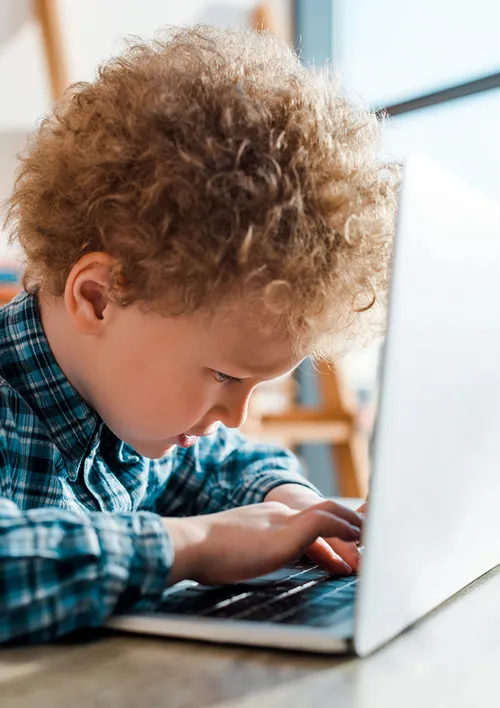How to Choose the Perfect Student Seating for Your Budget
As a school administrator, you know how much the classroom environment shapes how students learn and interact. The right seating setup can make lessons more engaging, boost comfort, and improve focus throughout the day.
Yet, selecting quality desks and chairs that fit your school’s needs and stay within budget can feel overwhelming. Every choice, from material to design, affects how well students perform and how long the furniture lasts.
When you plan to buy school desks online, you’ll find plenty of options with different styles, prices, and features. The goal is to pick furniture that balances function and affordability without cutting corners on comfort. This article explores how to choose durable, cost-effective seating that fits both your classroom layout and your budget.
Assess Your Classroom Needs First
Every classroom is different. Before choosing furniture, think about how students use the space daily. Do they move around for group work or spend long hours at their desks? Understanding how your classroom functions helps you decide between stationary desks and flexible seating.
Consider factors like student age, classroom size, and teaching style. Younger students may need lightweight, easy-to-move desks, while older students might prefer ergonomic seating for better posture. The right match makes lessons more comfortable and productive for everyone.
Compare Materials and Durability
Materials have a big impact on both cost and longevity. Wood, laminate, and metal each offer their own benefits. Metal frames provide strength for long-term use, while laminate tops are easy to clean and resistant to wear.
If you plan to buy school desks online, look for detailed product descriptions that specify frame type, finish, and maintenance needs. Durable materials may cost more upfront, but can save money on repairs or replacements later. Always think about long-term value, not just price tags.
Find the Right Style and Function
A classroom’s layout plays a big role in choosing desk styles. You can pick from individual desks, combo units with attached chairs, or collaborative tables for group activities. Matching the furniture style to the classroom purpose can improve both comfort and learning.
Types of student desks include:
- Combo desks: Ideal for tight spaces and older students.
- Adjustable desks: Great for flexible learning environments.
- Collaborative tables: Perfect for teamwork and projects.
- Tablet arm desks: Useful for compact classrooms with limited space.
Balance Comfort with Affordability
Comfort is key to student focus. But comfort doesn’t have to break your budget. You can find affordable furniture with built-in ergonomic features like proper seat height and lumbar support. The goal is to give students a supportive seating experience without unnecessary extras.
Tips to stay within budget:
- Compare prices from multiple online sources.
- Check for bulk order discounts.
- Look at clearance or seasonal sales.
- Prioritize comfort and quality over appearance.
Think About Maintenance and Lifespan
Practical considerations matter when choosing classroom furniture. Desks and chairs face daily wear from pencils, backpacks, and constant movement. Choosing scratch-resistant finishes and stain-proof surfaces keeps them looking new longer.
Regular cleaning and maintenance also extend the life of your furniture. For example, tightening screws every few months prevents wobbling. Investing a bit of time in upkeep helps protect your budget from costly replacements. Quality seating should serve students for years with minimal repair.
A smart furniture plan blends practicality, comfort, and cost. You don’t need the most expensive options to create a positive classroom atmosphere. Focus on what supports learning, fits your space, and stays durable through everyday use. When you decide to order school desks online, take time to read product reviews and compare features. The best choice balances function, comfort, and price to create a classroom where students can thrive.











